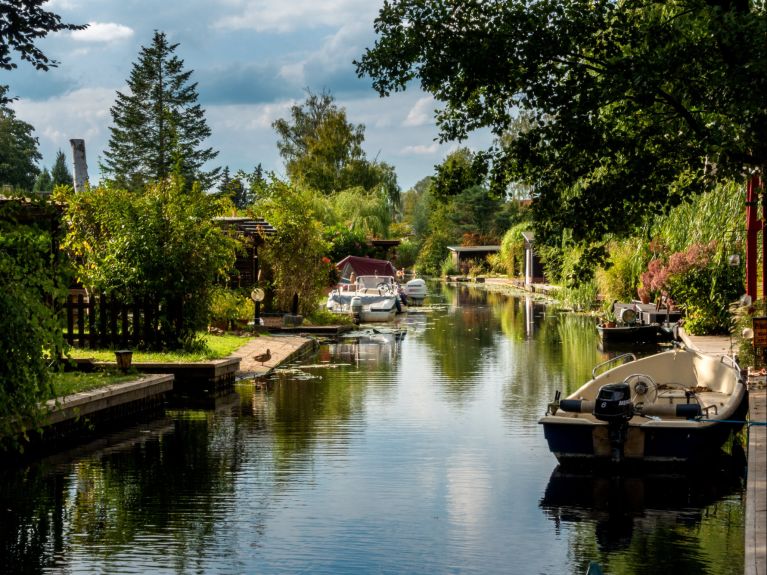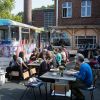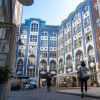Berlin off the beaten track
Did you know that Venice is to be found in Berlin? Or what a typical East German flat looked like? Let us take you on a journey of discovery through the German capital!

Unusual museums
Disgusting, or just unfamiliar? The Disgusting Food Museum in Berlin puts some culinary prejudices to the test. Visitors to the museum will encounter food from around the world that many may find revolting at first - such as Swedish surströmming herring, sheep’s eyeballs or maggot cheese. The idea is to expand cultural understanding and explore how our eating habits relate to climate protection and animal welfare. If you are feeling brave - and hungry - you will also have the chance to sample some of the unusual delicacies on offer at the museum.
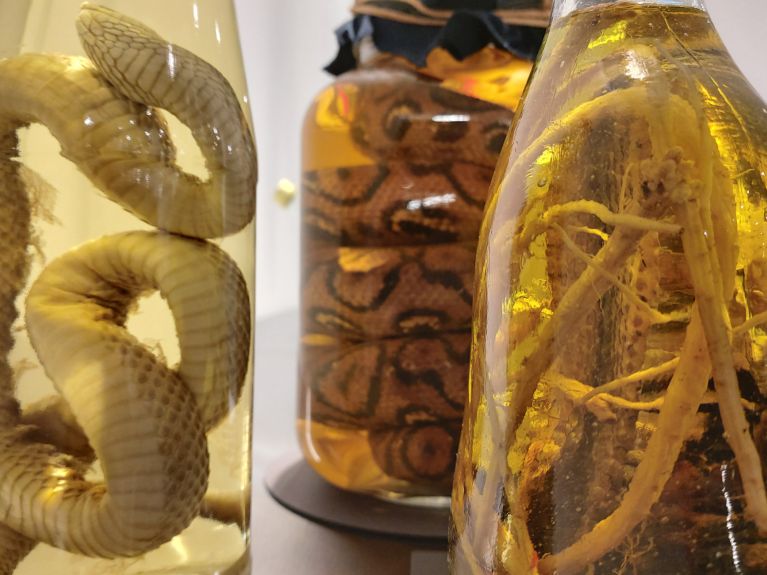
There’s nothing to eat at the next museum - though there is a kitchen: the museum flat in Berlin’s Hellersdorf district is a time capsule and the last apartment - built from prefabricated concrete slabs - that still features originalEast German furnishings in Berlin. Large-scale housing estates built in the socialist style were ultra-modern here in the 1980s. From the television set and salt cellar to the ceiling lamp - in this well preserved flat on Berlin’s eastern outskirts you can get a first-hand experience of everyday life in the GDR.
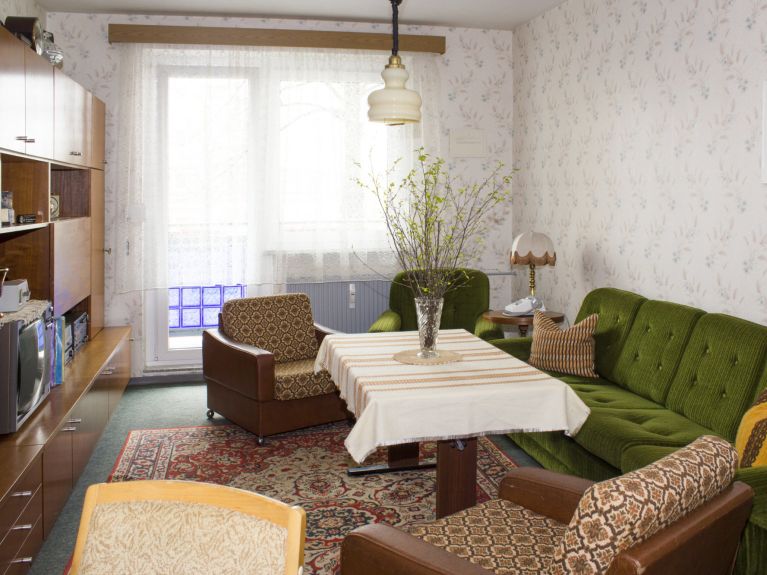
Hidden nature spots in the big city
The post mill in the city’s Marzahn neighbourhood takes you even further back into the past. In the idyllic rural setting of the historic village of Alt-Marzahn, the windmill turns grain into flour, just as it used to in around the year 1900. You can get an insight into the mechanics of how the sails rotate in the wind and into the technical developments in milling to this day.
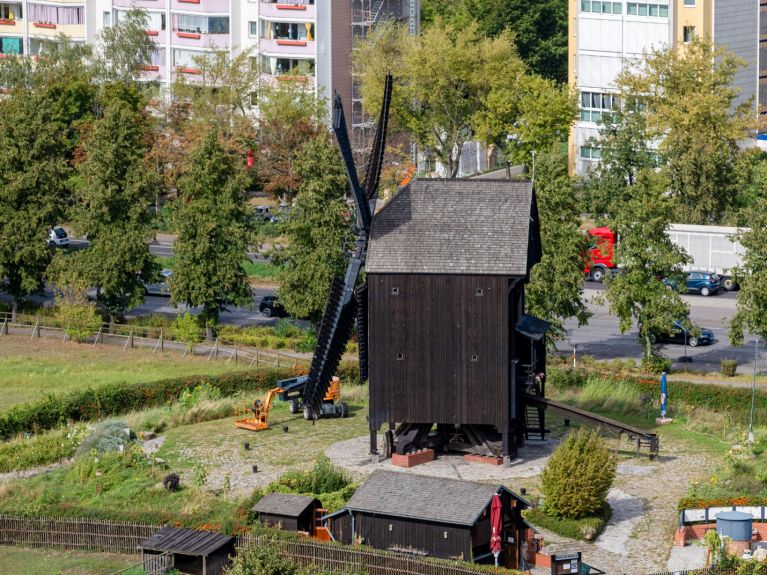
An entirely different natural experience can be found at the idyllic New Venice in the Treptow-Köpenick district. Built in the 1920s as a weekend cottage and residential area, “Berlin Italy” is still characterised by green plots, small houses with boat jetties, enchanting water channels and lush vegetation. The best way to explore the many branches of the Müggelspree canal system is by canoe, paddling along narrow waterways past weeping willows and under fairy-tale bridges. You’ll soon forget that you are still in a huge city with millions of inhabitants.
